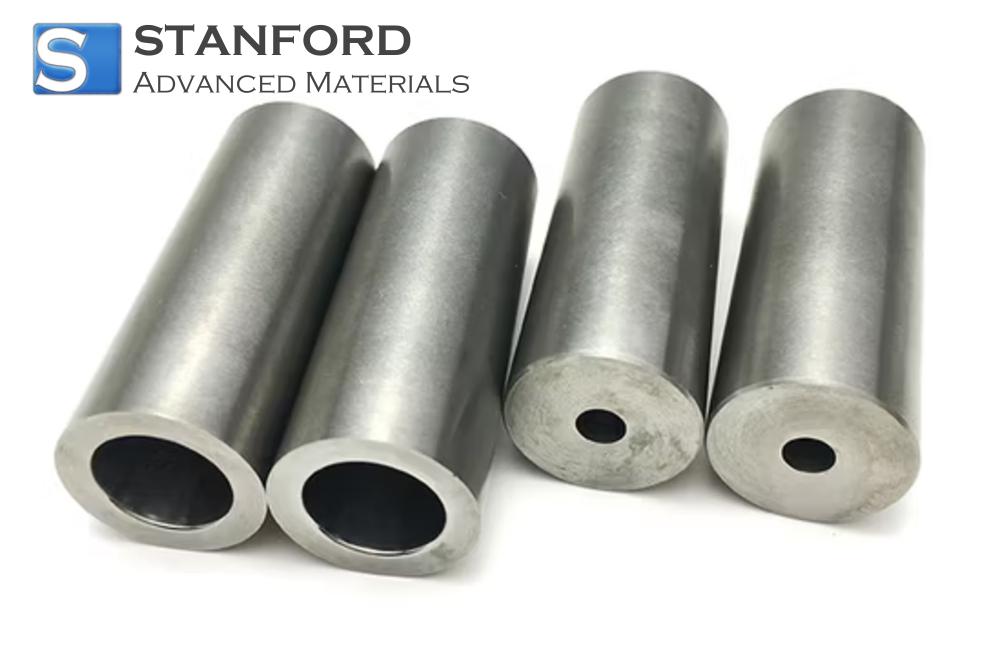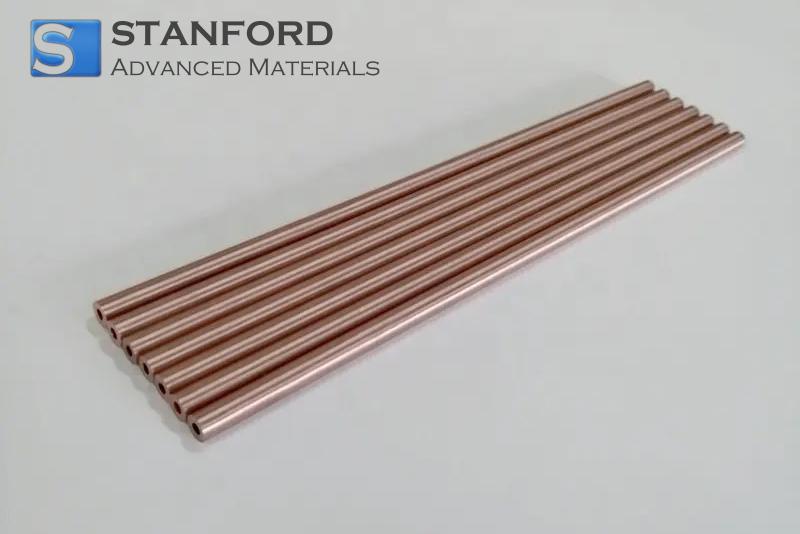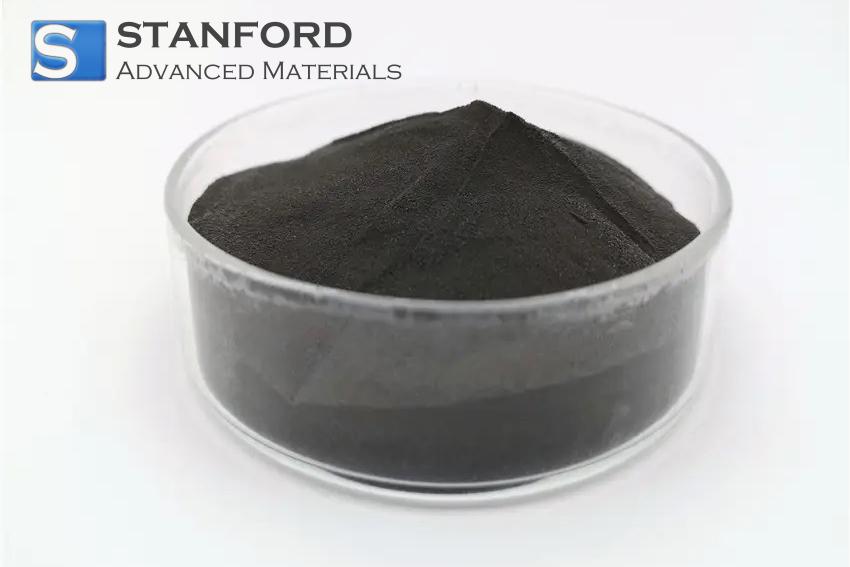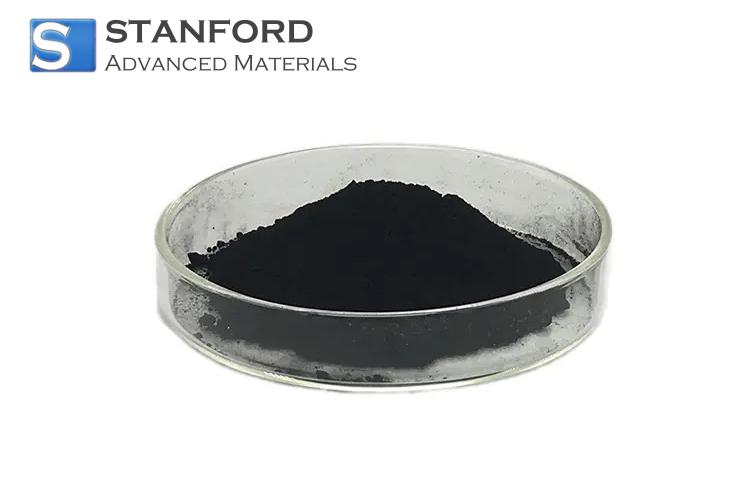Silver: Element Properties And Uses
Description
Silver is a bright element that is valued for its excellent conductivity, specific chemical activity, and wide applications in industry, art, and medicine.

History and Production
Silver has a rich history spanning several thousand years and has been an integral part of human societies. Recognised since ancient times for its bright appearance and rarity, silver has been highly valued not only as a form of currency but also in the forms of art, adornment, and other cultural artefacts. Its Latin name is Argentum, from which comes the symbol "Ag".
Silver mining and extraction have seen considerable development over the ages. In ancient times, the generation of silver was primarily done through manual mining. The current process of silver extraction generally involves mining ores such as argentite (silver sulfide) and other minerals containing silver, which are further refined by methods such as cyanidation, smelting, and electrorefining. Silver is most commonly extracted from ores containing lead, zinc, and copper, and the refining process ensures high purity. Most silver production today occurs in countries including Mexico, Peru, China, and Russia, with mining companies often recovering silver as a by-product of copper and gold extraction.
Chemical Properties Description
Silver is a relatively unreactive metal with the atomic number 47. In contrast to most metals, such as copper and iron, it does not readily oxidise or corrode. However, in contact with sulphur compounds, it tarnishes, forming silver sulphide (Ag₂S). This results in a darkened appearance on the surface of the metal that requires occasional cleaning to maintain its brilliance. The relative lack of reactivity of silver also makes it suitable for objects intended for long-term use, such as coins, jewellery, and tableware.
Its chemical behaviour also renders it useful in specific compounds, such as silver halides (AgCl, AgBr, AgI), which are crucial in photographic film. The stability and reactivity of silver compounds with halogens to form silver salts also make them important in catalysis and chemical synthesis. It easily forms positive ions, Ag⁺, thereby joining in ionic bonds, while the produced compounds with nonmetals are quite stable and find many applications in industry.
The most crucial feature of silver is its antimicrobial properties. Silver ions can disrupt microbial cell membranes and interfere with the enzymes needed for their survival, making it a very useful material in medical and hygiene products.
Physical Properties
|
Property |
Value |
Unit |
|
Atomic Number |
47 |
– |
|
Atomic Weight |
107.87 |
g/mol |
|
Density |
10.49 |
g/cm³ |
|
Melting Point |
961.8 |
°C |
|
Boiling Point |
2162 |
°C |
|
Electrical Conductivity |
6.3 × 10⁷ |
S/m |
|
Thermal Conductivity |
429 |
W/(m·K) |
|
Appearance |
Lustrous, metallic |
– |
Thermal and Electrical Properties
With its high value of 429 W/(m·K), silver is an excellent material for heat management applications. This makes it very effective in both electronics and electrical systems, in which the proper dissipation of heat is required to avoid overheating. It is the most thermally conductive metal, surpassing copper, although copper is in wider use due to the overall lower cost. These unique thermal transport properties of silver are also utilised in heat exchangers, soldering, and cooling systems in applications where higher performance is required.
Among metals, the best electrical conductivity belongs to silver, with an electrical conductivity of 6.3 × 10⁷ S/m. Owing to this property, silver is indispensable in electrical industries for connectors, switches, and high-performance circuits. A number of other metals commonly enhance conductivity and durability in electrical contacts, with silver generally used in combination. With excellent conductivity, there is significantly less energy loss, and for this reason, silver is preferred for use in critical applications in power transmission and electronics. Despite the fact that silver has excellent electrical and thermal properties, it is not used as commonly in large-scale power applications as copper, due to its higher cost. Still, in precision electronics, aerospace, and high-end devices, silver is preferred for its reliability and performance.
Related reading: Top 10 Thermally Conductive Materials
Uses of Silver
Some of the major uses or key sectors of usage of silver include the following:
- Jewellery and Ornamentation (25% of worldwide demand)
For many years, silver has been used in jewellery and ornamental pieces due to its brilliant shine, malleability, and workability. From rings and necklaces to bracelets, silver jewellery remains a staple in the global market. Its aesthetic appeal makes it an enduring choice for fine crafts and ornaments.
- Electronics and Electrical Conductivity (30% of global demand)
The unrivalled electrical conductivity of silver makes it a key material in the electronics industry. It finds application in everything, from microelectronics and circuit boards to solar panels and wiring in electric vehicles. The conductivity of silver ensures efficient flow of energy by reducing power loss in electrical systems. Electrical contacts, connectors, and switches are often made with silver for reliability and performance.
- Photography (10%)
Digital photography notwithstanding, silver compounds remain indispensable in conventional photography techniques. Because silver halides are sensitive to light, their use is extensive in the context of film, papers, and developing solutions, making silver fundamental to the photographic industry.
- Antimicrobial Applications and Medical Devices (10%)
Silver antimicrobial properties find wide application in medicine, from dressings and surgical tools to medical coatings. The silver ions destroy bacterial cell membranes and prevent infections, thus speeding the healing process. It is also used in water purification systems to inhibit the growth of microbes.
- Solar Energy (5% of global demand)
Silver is crucial in solar panels, especially in the photovoltaic cell production process, because it produces conductive layers that help in capturing and transferring energy efficiently. Although a small fraction of the materials that go into making solar panels, silver is valuable in ensuring efficiency and good performance.
- Other Industrial Uses (20%)
Other important fields where silver is used include catalysis, chemical synthesis, and as a catalyst in organic reactions. The use of silver in electroplating, coating, and the manufacture of mirrors and electronic devices widens its area of application within industry.
Related reading: Silver Nanoparticles in Medicine: A Powerful Tool for Modern Healthcare
Frequently Asked Questions
1. What makes silver so valuable in electronics?
The incomparable electrical conductivity of silver presents an indispensable material for circuits, connectors, and switches requiring superior performance. This ensures that very little energy is lost during transmission, thereby optimising the system's efficiency.
2. Why does silver tarnish over time?
Silver tarnishes when exposed to sulphur compounds in the air, which forms silver sulphide (Ag₂S), creating a darkening on its surface.
3. What are silver's medical applications?
Antimicrobial properties of silver are utilised in medical devices, wound care products, and systems to purify water to prevent infections and help in the healing process.
4. How is silver extracted?
Silver is separated mainly from ores like argentite through processes such as cyanidation, smelting, and electrorefining.
5. How does silver contribute to the solar energy industry?
Silver is utilised in the manufacture of photovoltaic cells for solar panels, where its high conductivity contributes to better energy capture and efficiency.

 Bars
Bars
 Beads & Spheres
Beads & Spheres
 Bolts & Nuts
Bolts & Nuts
 Crucibles
Crucibles
 Discs
Discs
 Fibers & Fabrics
Fibers & Fabrics
 Films
Films
 Flake
Flake
 Foams
Foams
 Foil
Foil
 Granules
Granules
 Honeycombs
Honeycombs
 Ink
Ink
 Laminate
Laminate
 Lumps
Lumps
 Meshes
Meshes
 Metallised Film
Metallised Film
 Plate
Plate
 Powders
Powders
 Rod
Rod
 Sheets
Sheets
 Single Crystals
Single Crystals
 Sputtering Target
Sputtering Target
 Tubes
Tubes
 Washer
Washer
 Wires
Wires
 Converters & Calculators
Converters & Calculators
 Write for Us
Write for Us





 Chin Trento
Chin Trento



